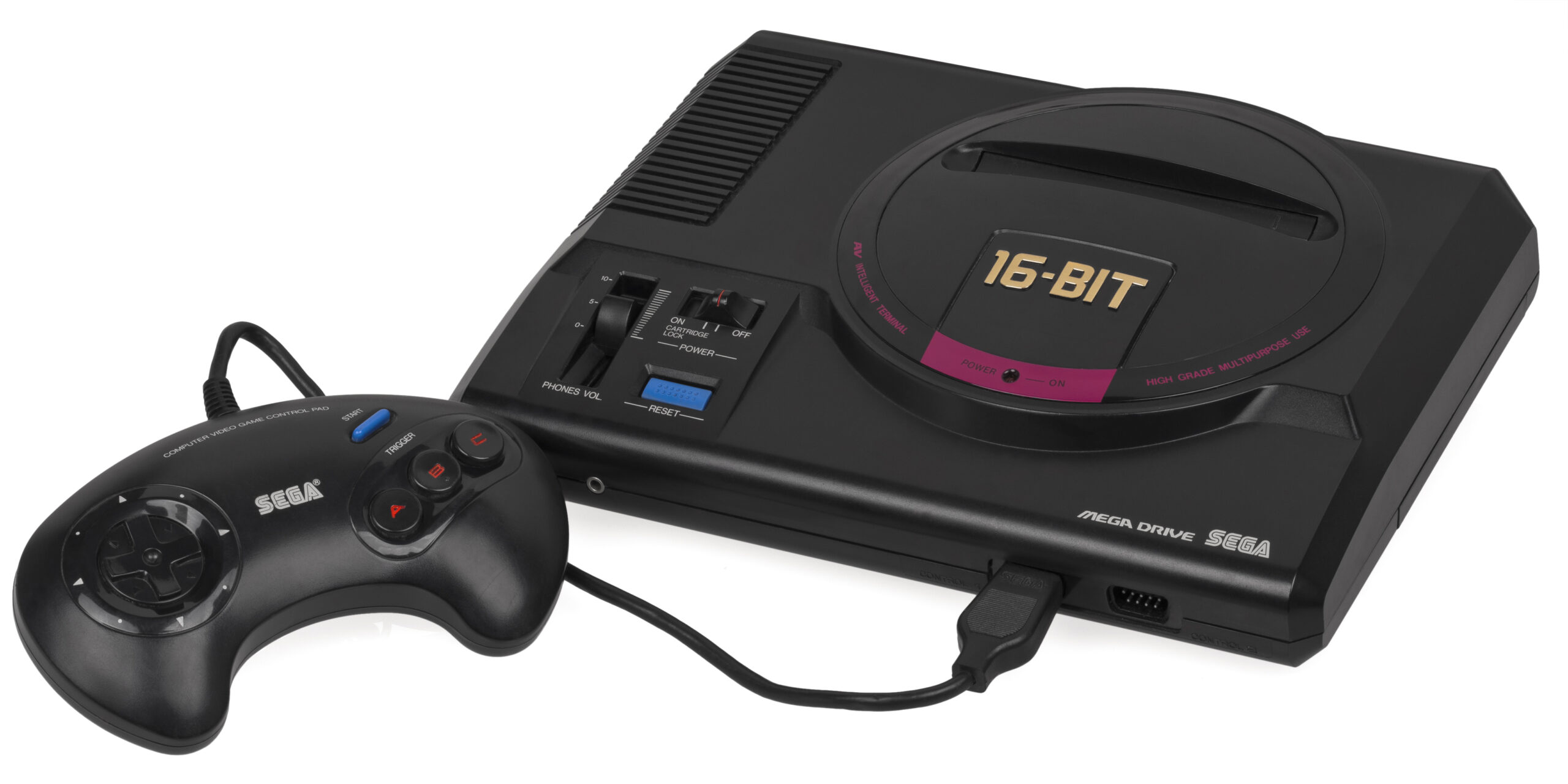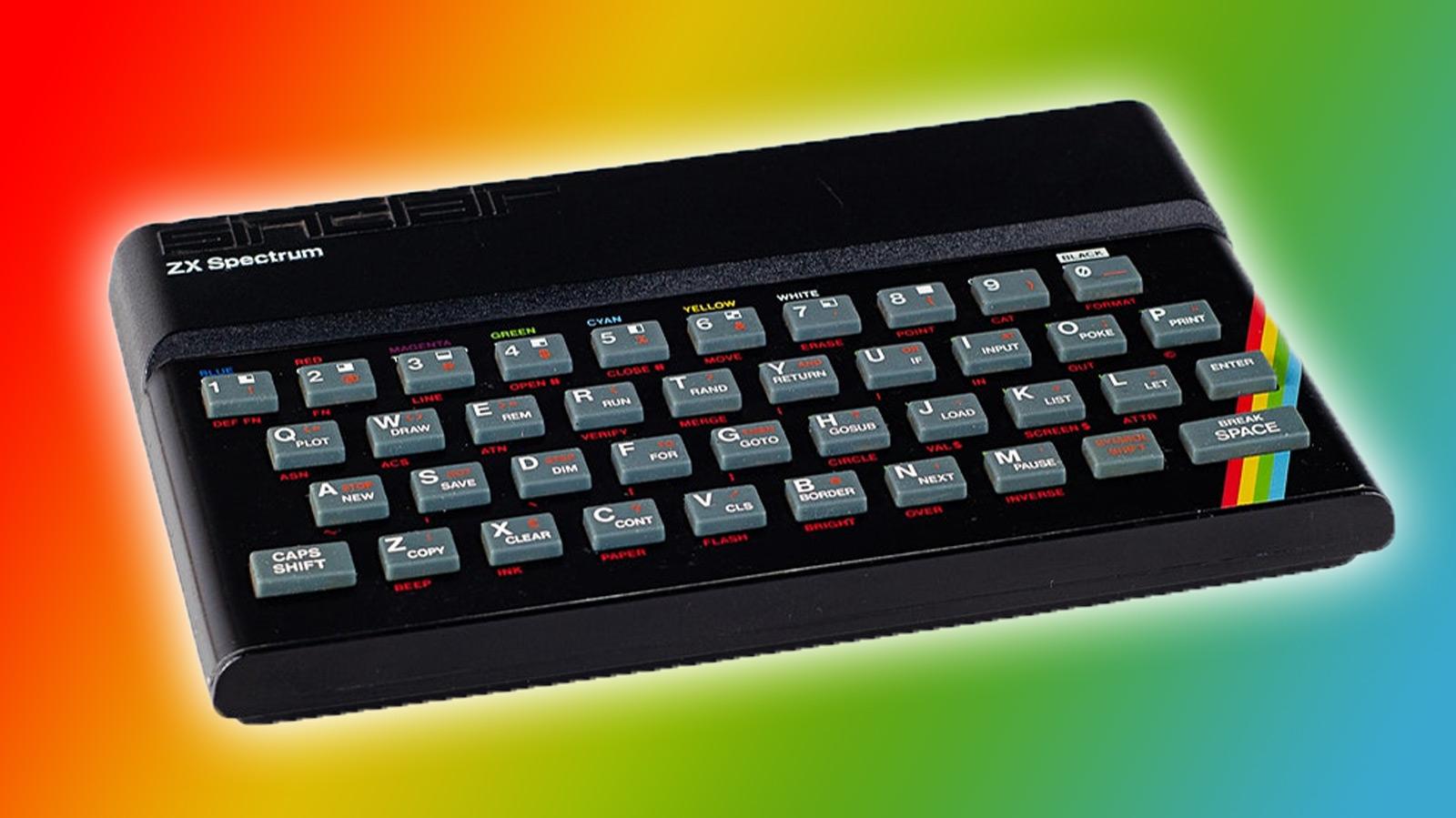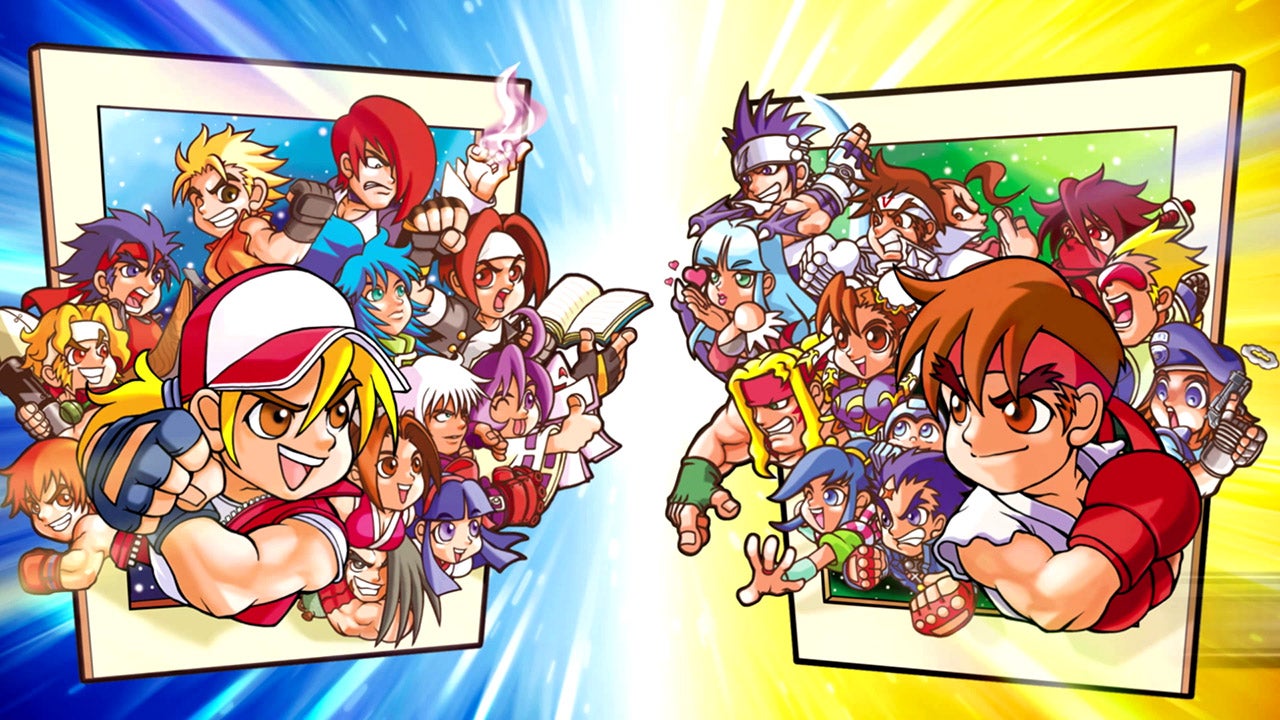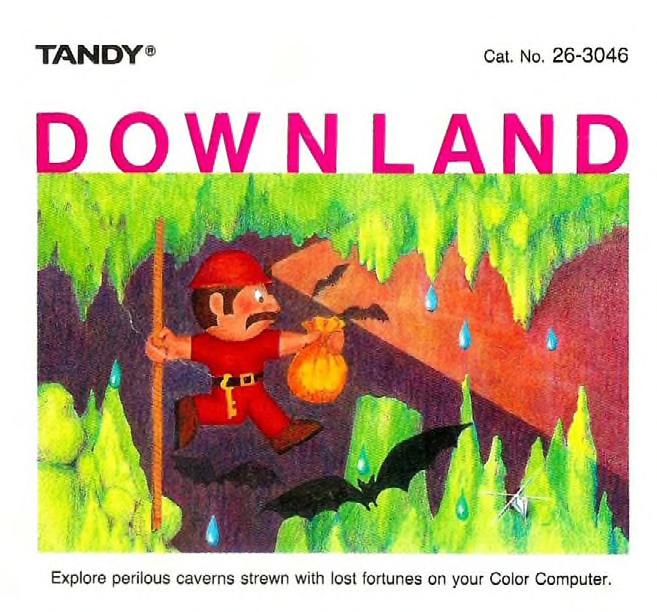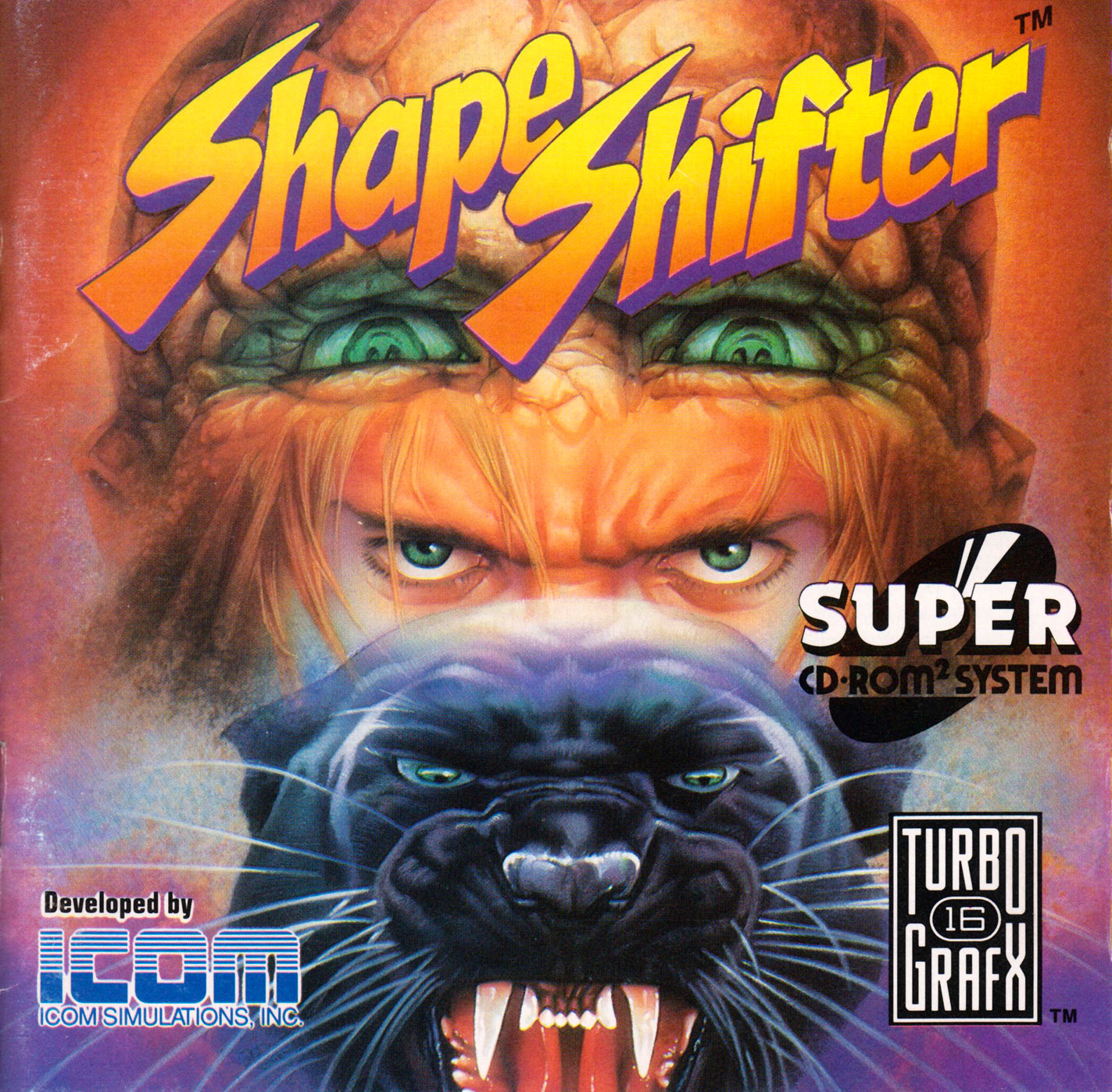In this retrospective we enter the time machine of gaming and journey back to the 1990s when the Sega Mega Drive, also known as the Genesis, reigned supreme. In the realm of gaming history, few consoles have left as profound a mark as the Sega Mega Drive.
Released in 1988 in Japan and later in North America as the Sega Genesis, the Mega Drive stood out for its cutting-edge 16-bit architecture. This leap in processing power allowed for more vibrant graphics, richer sound, and more complex gameplay, setting a new standard for the industry.
Sonic the Hedgehog, the Mega Drive’s flagship title, introduced gamers to a new era of high-speed platforming. Sonic’s charismatic blue presence and blistering gameplay showcased the Mega Drive’s ability to create immersive, fast-paced experiences that captivated audiences worldwide.

The Mega Drive boasted a diverse library that catered to various gaming preferences. From iconic platformers and beat ’em ups to RPGs and sports titles, the console offered a range of experiences, showcasing its versatility and appeal to a broad audience.
Sega’s commitment to innovation extended beyond games. The introduction of peripherals like the Sega Mega CD and Sega 32X demonstrated the company’s ambition to push technological boundaries. While the add-ons had a mixed reception, they showcased Sega’s eagerness to experiment and evolve.
The Mega Drive’s success wasn’t confined to its home turf; it made a global impact. In North America, it became a key player in the console wars against Nintendo’s Super Nintendo Entertainment System (SNES). Its influence extended to Europe, Brazil, and beyond, solidifying Sega’s position as a major player in the gaming industry.
The Sega Mega Drive’s legacy extends far beyond its technical specifications. It represents a pivotal moment in gaming history when 16-bit technology revolutionized the industry. Sonic’s speed, the diverse game library, innovative peripherals, and global impact collectively make the Mega Drive a timeless icon that continues to be celebrated by gamers who fondly remember the golden age of 16-bit gaming.

As a pioneer of 16-bit technology, the Mega Drive not only transformed the gaming landscape but also became an iconic symbol of the 1990s gaming era. Let us explore the enduring legacy of this iconic 16-bit console and unveil its top 5 games that defined an era.
1. Sonic the Hedgehog:
– Sonic’s debut marked a seismic shift in gaming. With its speedy gameplay and catchy soundtrack, Sonic the Hedgehog became the face of the Sega Mega Drive. The iconic blue blur’s adventures showcased the console’s ability to deliver fast-paced action and vibrant graphics, solidifying its place in gaming history.
2. Streets of Rage 2:
– This classic beat ’em up sequel elevated the genre with its tight controls, memorable characters, and a killer soundtrack. Streets of Rage 2 demonstrated the Mega Drive’s capacity for cooperative multiplayer and showcased its ability to deliver an immersive arcade experience in the living room.
3. Phantasy Star IV:
– As the final chapter of the acclaimed Phantasy Star series, Phantasy Star IV showcased the Mega Drive’s capability to deliver epic RPG experiences. With its engaging narrative, innovative turn-based combat, and stunning visuals, this game remains a pinnacle of 16-bit role-playing adventures.
4. Gunstar Heroes:
– Treasure’s run-and-gun masterpiece pushed the boundaries of what the Mega Drive could achieve. Gunstar Heroes wowed players with its frenetic action, dynamic levels, and innovative weapon system. The game’s technical prowess and intense gameplay highlighted the console’s ability to deliver arcade-quality experiences.
5. Shining Force II:
– This tactical RPG gem expanded on the success of its predecessor. Shining Force II showcased the Mega Drive’s capability to deliver engaging strategy games with its deep storyline, strategic battles, and charming character design. It remains a beloved title among fans of the genre.

